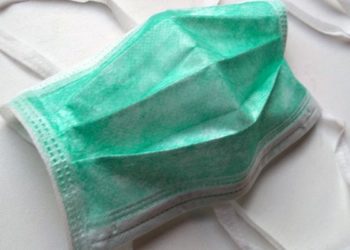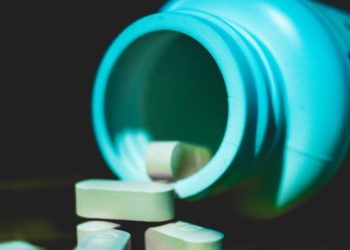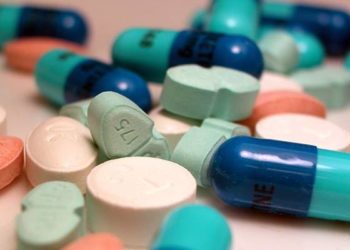Fatalities in children associated with cough and cold medication often due to non-therapeutic intent
1. Most fatalities in children associated with cough and cold medication (CCM) ingestions were the result of medication administration by a caregiver for non-therapeutic purposes (i.e. sedation, intent to harm).
2. Diphenhydramine was the most commonly involved agent resulting in the death of a child.
Evidence Rating Level: 2 (Good)
Study Rundown: In 2008, cough and cold medication (CCM) labelling was changed to state ‘do not use’ in children < 4 years old, and also to instruct caregivers that these medications should not be used to sedate children. This is the first study since the 2008 labelling change to describe fatalities in children as a result of CCM ingestion. Case reports of fatalities between 2008-2016 were reviewed by a panel of experts to determine causality, intent of administration, and ingested dose. Most fatalities occurred in male children under the age of 2, and the most common agent associated with fatality was diphenhydramine. Most CCMs were administered by a parent, and the majority of ingestions occurred with non-therapeutic intent such as accidental ingestion by the child, administration with the intent to sedate a child, and administration with the intent to harm a child. There were no fatalities caused by a therapeutic dose of CCM. Weaknesses of this study include its relatively small sample size and high proportion of unknown data for some variables. Overall, results highlight the need for healthcare providers to educate caregivers surrounding the danger of these medications, especially when used for off-label purposes such as sedation.
Click to read the study in PEDIATRICS
Click to read an accompanying editorial in PEDIATRICS
Relevant Reading: Malicious use of pharmaceuticals in children
In-Depth [cross-sectional study]: This cross-sectional study gathered data from five sources: the National Poison Data System of the American Association of Poison Control Centres, the FDA Adverse Events Reporting System, news reports, medical literature, and safety reports made to CCM manufacturers, for events that occurred between 2008-2016. Each case was reviewed by a panel of experts to determine if there was a causal relationship between the fatality and CCM administration, as well as the intent of the administration. Ultimately, the panel identified 40 cases of fatalities in children under 12 that were related to or potentially related to CCM exposure. Of these 40 cases, the 65% (n=26) occurred in boys, and 60% (n=24) occurred in children <2 years old. Fifty-five percent (n=22) of cases were also deemed non-therapeutic in intent, meaning that the administration was for an off-label indication (sedation, for example), malicious, or an accidental exploratory ingestion by the child. Murder accounted for 31.8% (n=7) of non-therapeutic intent cases, and sedation accounted for 27.3% (n=6). By far, the most common ingredient involved in the fatality was diphenhydramine (70%, n=22).
Image: PD
©2021 2 Minute Medicine, Inc. All rights reserved. No works may be reproduced without expressed written consent from 2 Minute Medicine, Inc. Inquire about licensing here. No article should be construed as medical advice and is not intended as such by the authors or by 2 Minute Medicine, Inc.







